Anxiety is a common trait found in many dog breeds, but some breeds are more prone to experiencing anxious behaviors than others. Understanding the most anxious dog breeds in the world is crucial for dog owners and enthusiasts alike, as it can help provide insight into the specific needs and challenges these breeds may face. By delving into the characteristics and tendencies of these breeds, we can better understand how to support and care for them, ultimately leading to happier and healthier canine companions.
Of course, there are numerous ways to prepare for a new pup in the home, especially a particularly anxious one. A new survey finds the first year of dog ownership should expect six pairs of chewed shoes, five emergency visits to the vet, and six mad dashes to freedom out the front door. However, it isn’t all bad with the poll revealing that pups also help their owners through an average of three new jobs and three new homes. Respondents also state that they don’t know where they’d be without their dog’s love and support. In fact, nearly seven in 10 respondents believe their dog knows them better than they know themselves.
While those early puppy years can be stressful, there are ways to ease your new pup’s growing pains. A recent study showed that by playing certain music on anxious car rides, dogs were able to mellow out. You see, it turns out two in three dog owners say their furry friends get stressed out while traveling. Making the list of calming songs are Bob Marley‘s “No Woman No Cry,” Bryan Adams’ “(Everything I Do) I’ll Do It for You,” and Foreigner’s “I Want to Know What Love Is.” Seeing as these tunes were able to calm dogs in a car, we are sure the same method can be applied to other situations that may make your pup extra stressed.
While every dog is different, they all can get anxious from time to time, but some are more prone to being anxious than others. Luckily, we at StudyFinds have done the legwork to find out exactly which breeds are predisposed to having more stressors. As always, we have researched across multiple expert sources to bring you today’s list of the top seven most anxious dog breeds that were mentioned most. Don’t agree with our list or feel we missed out on one? We would love to hear from you in the comments below.
➡️ How Our “Best Of The Best” Lists Are Created
StudyFinds’ “Best of the Best” articles are put together with the idea of taking the work out of common consumer research. Ever find yourself searching for a product or service on Google and reading multiple reviews to find items listed across many of them? Our Best of the Best lists are created with that process in mind, with each item ranked by how frequently it appears on expert reviews or lists. With Best of the Best, you are getting consensus picks — making them truly the best of the best!
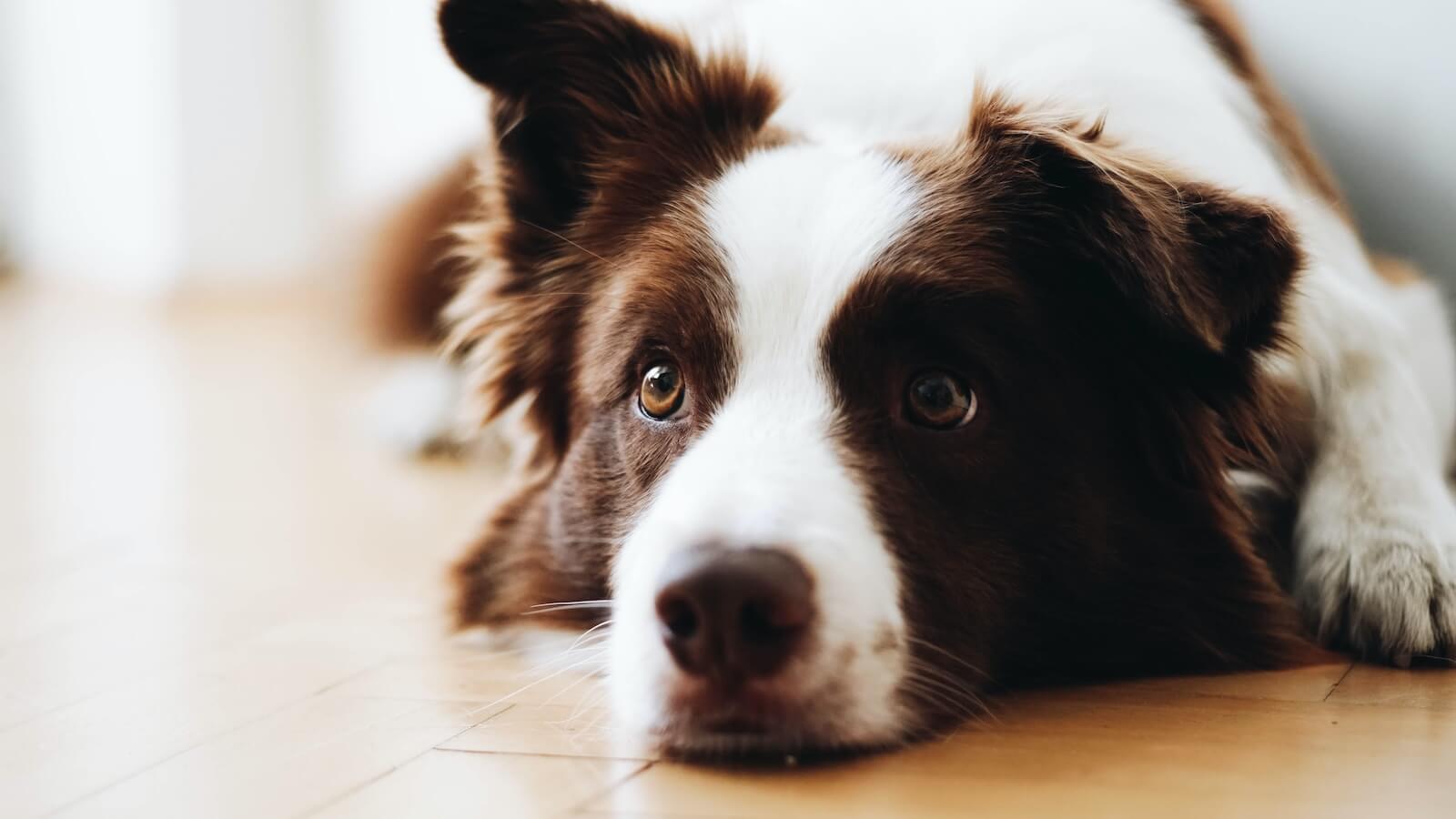
The Most Anxious Dog Breeds That Need a Little Extra TLC
1. Labrador Retriever
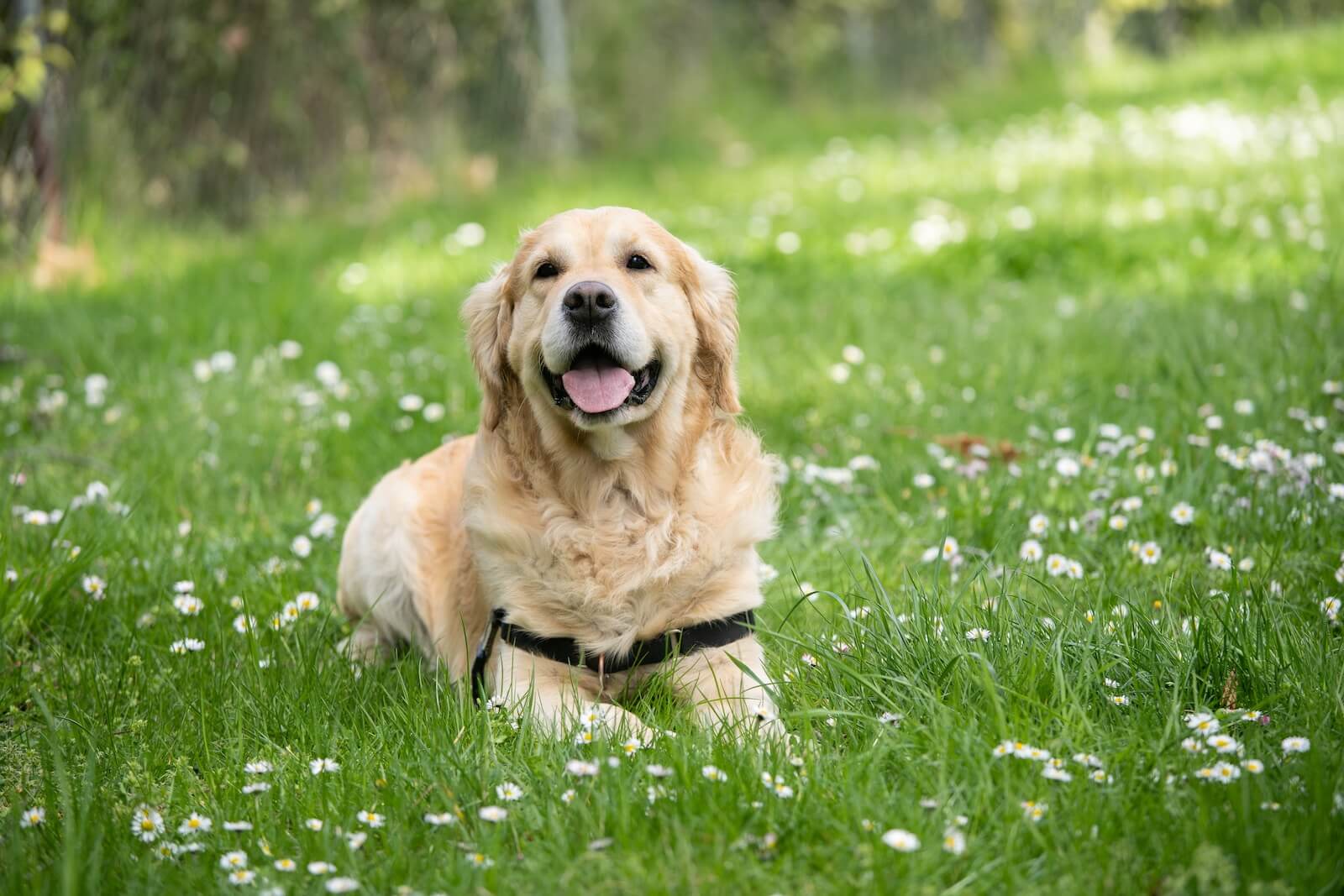
The Labrador Retriever is a popular breed of dog that has captured the hearts of many dog lovers worldwide. Known for their friendly and outgoing nature, Kradle My Pet says Labs are super social and love being around people. However, this results in the breed struggling to be left alone for long periods of time.
Their deep commitment to their families makes them more likely to miss them when they are away. According to Paw CBD, their relaxed disposition only shines when they receive enough affection and attention. If left alone for too long, Labs can experience separation stress.
It all goes back to why they were bred. They were bred to be working dogs, which means they are extremely devoted. This results in an intense attachment to their owners. Even for short periods away from their person, separation anxiety is common among this breed. Luckily, te more exercise you provide them with, the better they can cope with this anxiety while you are away (Mizner Bioscience).
2. Border Collie
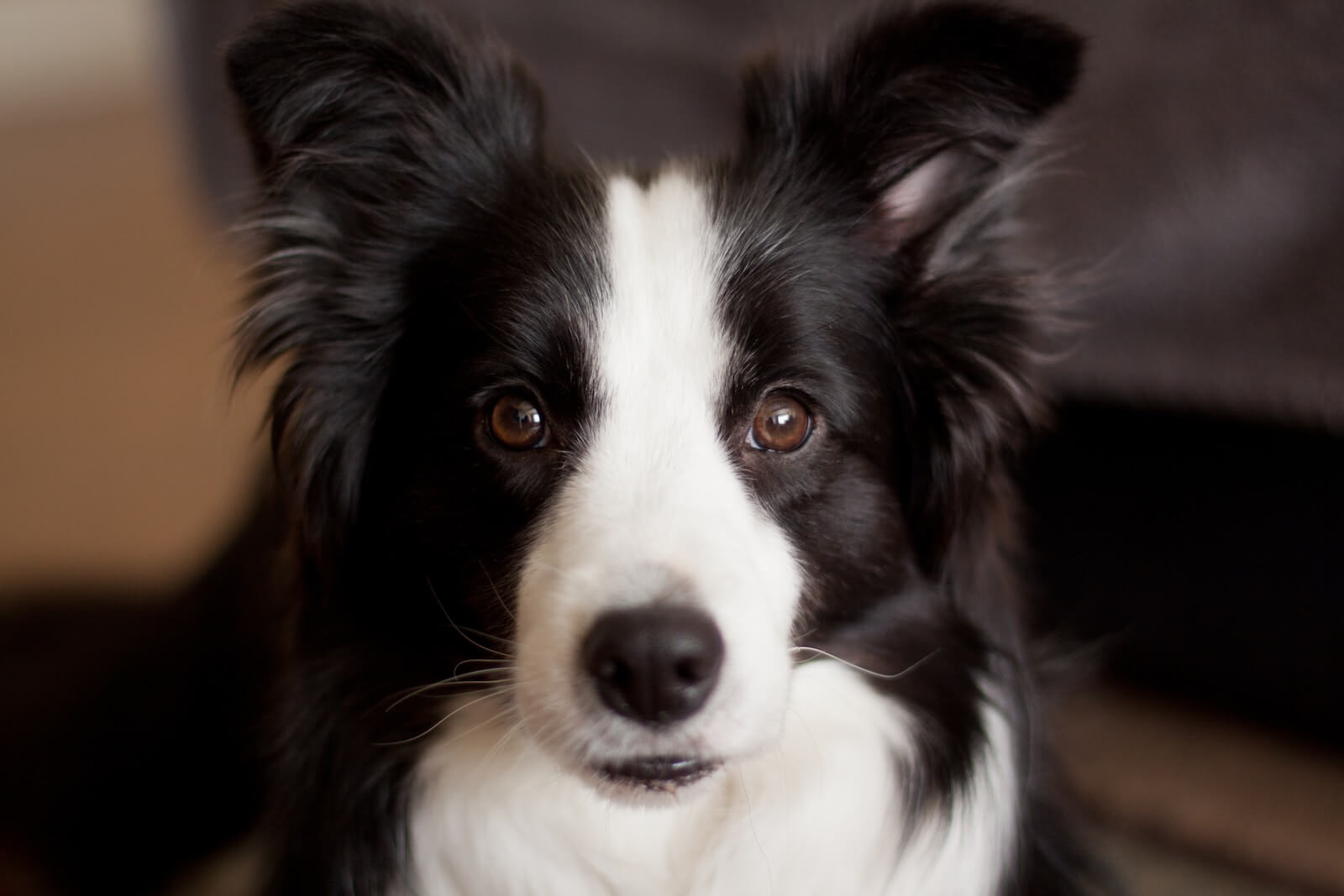
The Border Collie is a highly intelligent and energetic breed of dog that is known for its exceptional herding abilities. Originating from the border regions of Scotland and England, The Scotsman says these dogs were bred to be by their master’s side herding sheep all day. As the average modern day pet owner, you may not have sheep to keep them occupied. If they have a lack of company or stimulation, the Border Collie can easily develop separation anxiety.
According to Paw CBD, if you live an active lifestyle, a Collie will fit right in with you. A lack of entertainment can sometimes lead to destructive tendencies or bad behavior. Owning a Border Collie comes with a commitment to exercise and spending enough time with them. So, if you are busy as it is, don’t choose one of these energetic pups for your next pet (Paw CBD).
3. Jack Russell Terrier
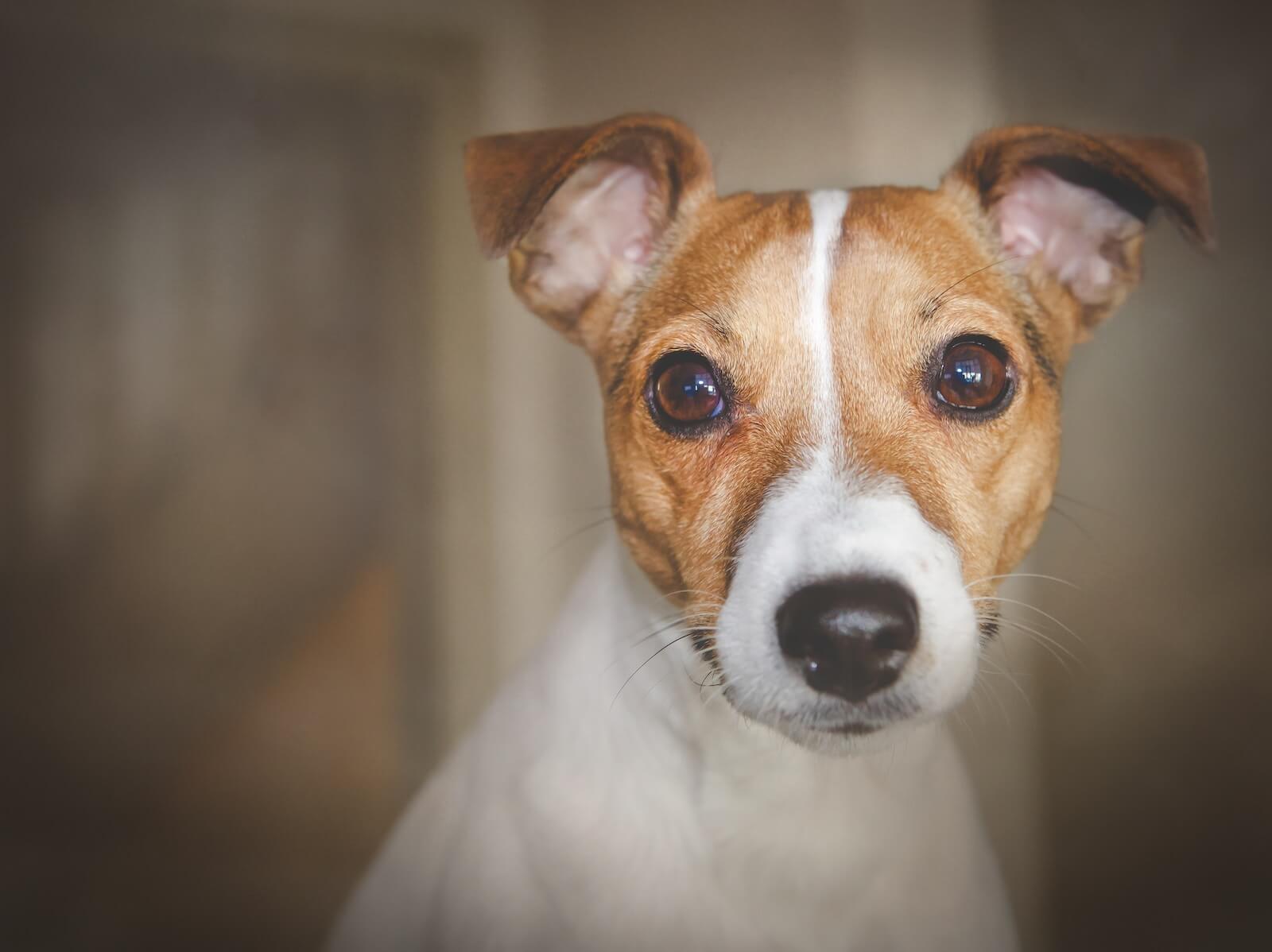
The Jack Russell Terrier, often referred to as a JRT, is a small and energetic breed that has captured the hearts of dog lovers around the world. Known for their intelligence, agility, and boundless energy, these little dogs are always ready for an adventure. According to Kradle My Pet, this is another breed that came to as a working dog. Even if they are not given a job, they will find something to do. So, while you are at work for the day, they can do some damage to keep themselves occupied.
Their natural instinct to chase and catch small prey makes for an energetic, smart, and curious dog breed. They may be small, but not at heart, and often embody a big dog confidence. You want to be sure to provide them outlets for their spunky personalities. Otherwise, they can become extremely anxious and noisy (Hepper). Don’t commit to owning a Jack Russell unless you are ready for the attention and exercise they require to be happy pups.
4. Australian Shepherd
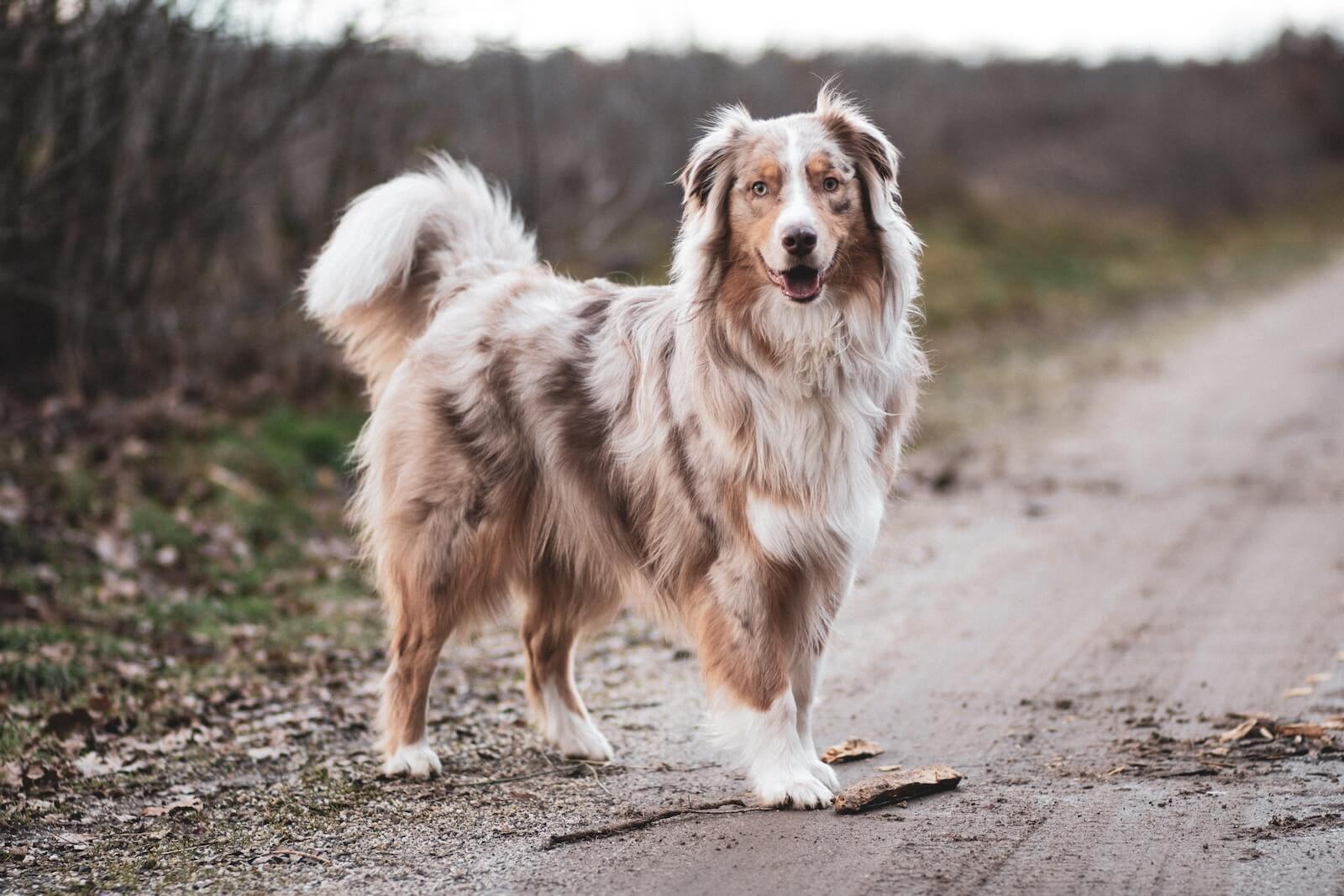
The Australian Shepherd, often referred to as an “Aussie,” is a highly intelligent and versatile breed. Despite its name, the Australian Shepherd actually originated in the United States during the late 19th century. Because of their herding background, Furbo says they must stay active to avoid suffering anxiety out of boredom.
According to Kradle My Pet, an Aussie is extremely receptive to their surroudings. Ifsomething is off in their day-to-day routine, they can react negatively. Paw CBD adds, “their need for action and exercise, as well as their need for mental and social stimulation, are high. Australian Shepherds tend to bond tightly to their owners, which also makes them great guard dogs. This strong connection means they often suffer when their owner leaves them alone for long periods of time, even if they are getting enough exercise. These breeds need consistent contact and affection with their human family members.”
5. Bichon Frise
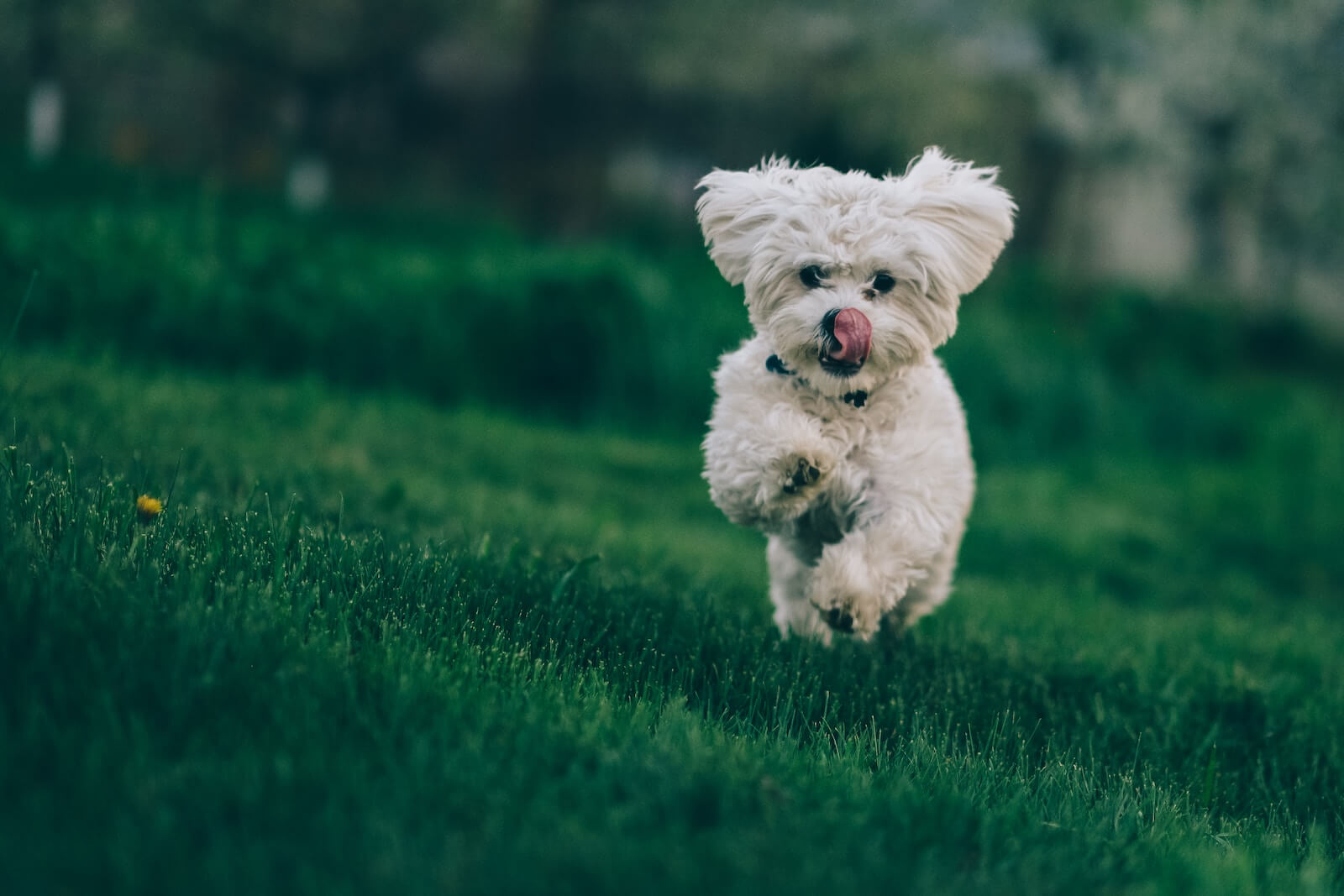
The Bichon Frise is a small, fluffy dog breed known for its cheerful and affectionate nature. Originating in the Mediterranean region, this breed has a long history as a companion dog, dating back to the 14th century. As far as temperament goes, Bichons are happy, social, and loyal. This loyalty, though, results in a dependency on companionship that can spark anxiety when it is not fulfilled.
On the bright side, Bichons don’t require as a whole lot of physical activity like the other high-strung pooches on our list. They really just need plenty of time by their owner’s side. Otherwise, Bichons can get depressed or stressed when away from their family for too long. Many also bark when their owner leaves (Paw CBD).
6. Cocker Spaniel
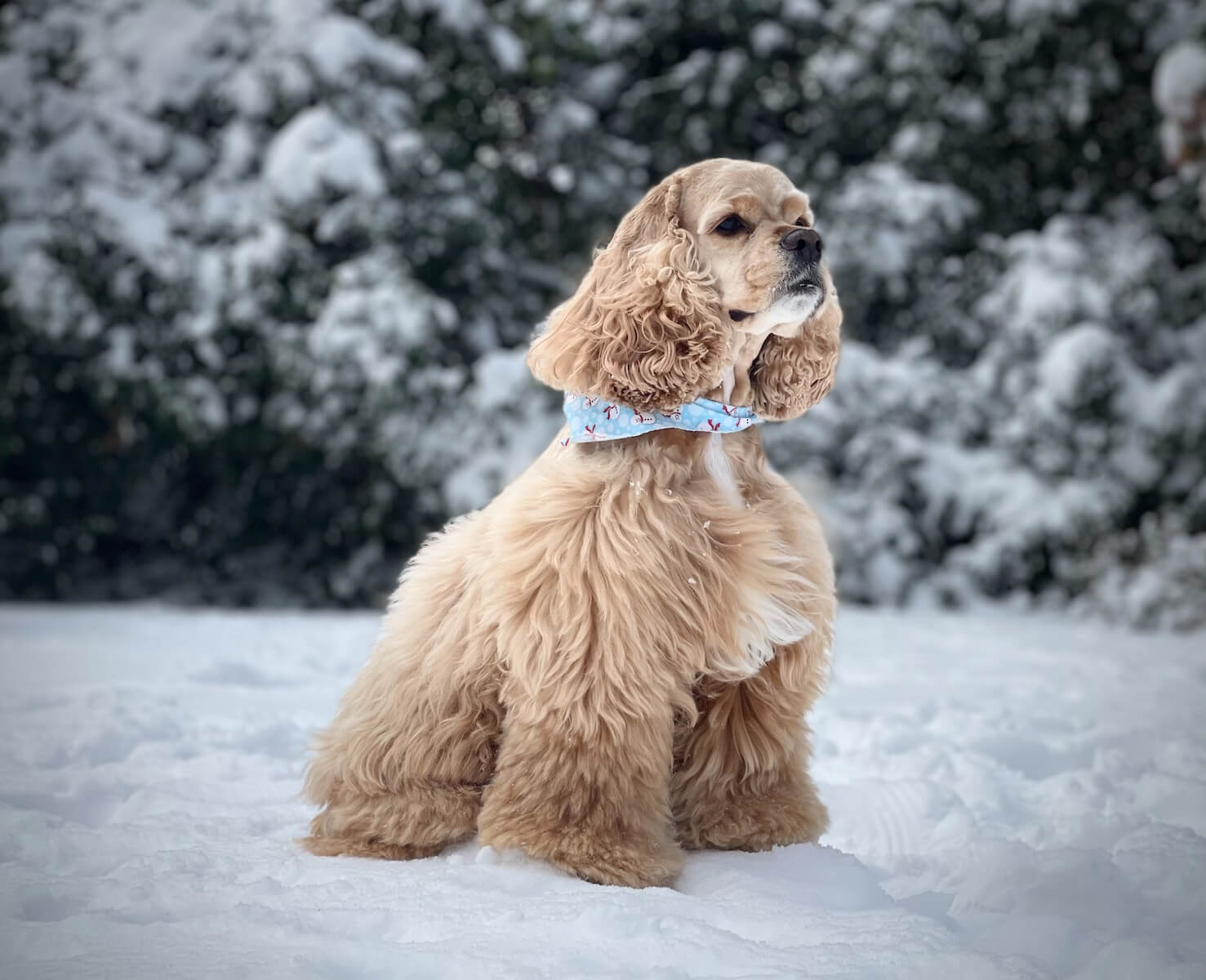
The Cocker Spaniel is a beloved and popular breed of dog that has captured the hearts of many pet owners. Known for their adorable floppy ears and sweet, expressive eyes, they are perfect as family pets. When alone, though, Cocker Spaniels can experience separation anxiety, according to The Scotsman.
A quick trick for helping your Cocker Spaniel with their anxiety is leaving enough toys out or them if they will be alone. Also, training them at a young age is a good idea. With enough stimulation, these pups make wonderful pets (Mizner Bioscience).
7. Cavalier King Charles Spaniel
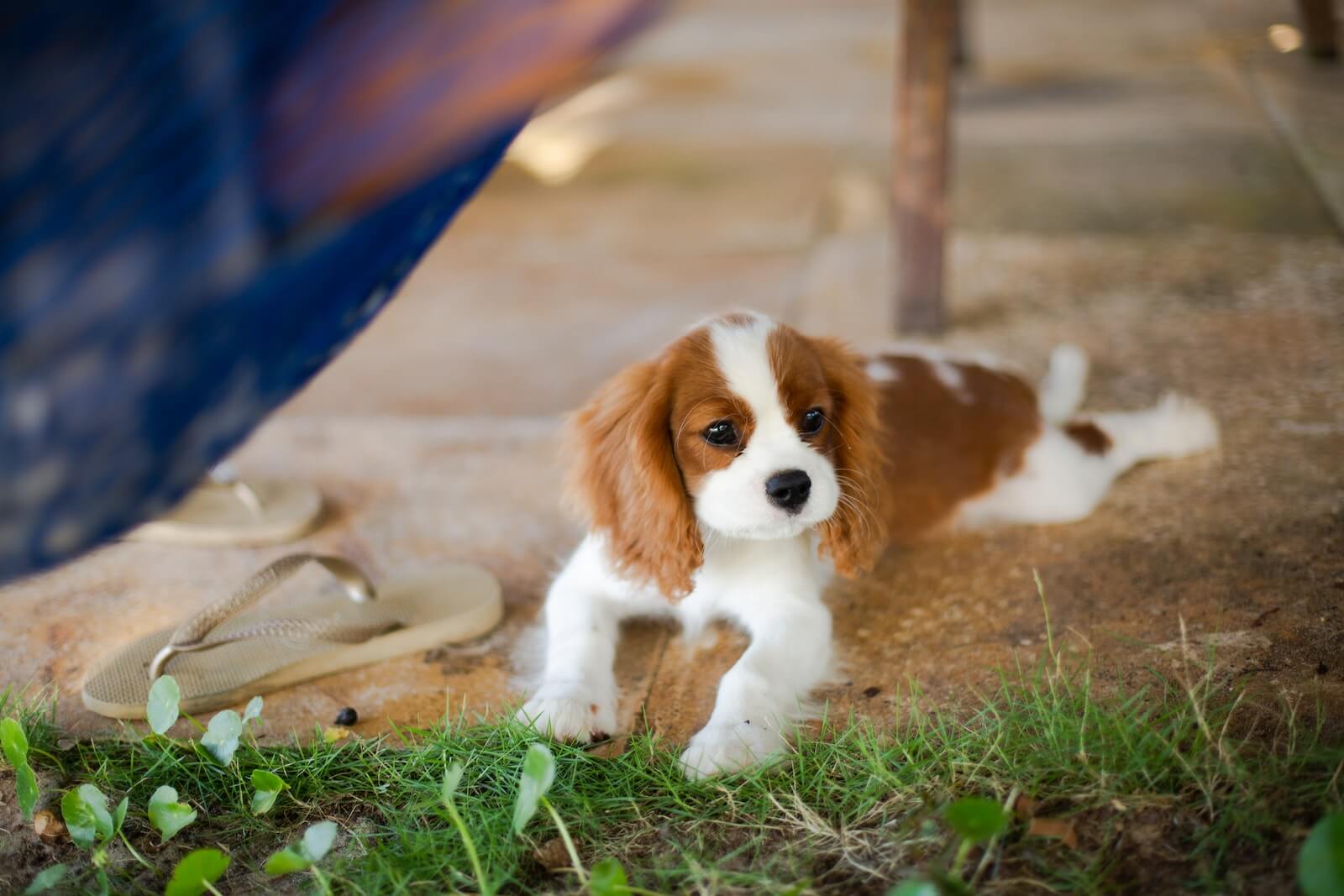
The Cavalier King Charles Spaniel is a small breed of dog that is known for its friendly and affectionate nature. Originating from the United Kingdom, this breed was historically favored by royalty and was often seen as a companion to the upper class. Kradle My Pet says they are anxious in general by nature, especially when alone because of the breed’s history as companion dogs.
When they aren’t missing you, Cocker Spaniels are an extremely sweet and adorable breed. They make great family dogs with their gentle nature, yet are athletic and ready to play. Original Calming Bed says they can easily become depressed or anxious when left alone for long hours. Other anxious tendencies they can develop are excessive barking or being territorial, but this can be fixed with training and socialization.
Tips for Owning an Anxious Dog:
While most dogs can experience anxiety in certain situations, some breeds seem wired for worry. These bundles of nervous energy often steal our hearts and shred our furniture in equal measure. But before you resign yourself to a life of chewed slippers and separation symphonies, take heart! Even the most anxious dog breeds can find inner Zen with the right approach.
- Exercise is key: Physical activity burns off excess energy and promotes the release of mood-boosting endorphins. Regular walks, playtime, and engaging activities like fetch or agility training can work wonders.
- Create a safe haven: Provide your dog with a cozy space that feels like their own, equipped with comfy bedding and familiar toys. This retreat can offer security and comfort during moments of anxiety.
- Practice positive reinforcement: Reward calm behavior with treats, praise, or petting. This reinforces positive associations and discourages anxious reactions.
- Desensitize and counter condition: Gradually expose your dog to triggers of their anxiety in a controlled environment, pairing them with positive experiences. This helps them learn to cope with stressful situations.
- Seek professional help: If your dog’s anxiety is severe or interferes with their daily life, consulting a veterinarian or animal behaviorist can be invaluable. They can assess the situation and recommend tailored treatment plans, including medication in some cases.
Remember: Every dog is an individual, and their anxiety triggers and coping mechanisms may differ. Patience, understanding, and consistent support are key to guiding your furry friend towards a calmer, happier life.
You might be interested in:
- 7 Most Independent Dog Breeds
- Best Hypoallergenic Dog Breeds
- Best Short-Haired Dog Breeds
- Best Long-Haired Dog Breeds
- Most Skittish Dogs
Sources:
Note: This article was not paid for nor sponsored. StudyFinds is not connected to nor partnered with any of the brands mentioned and receives no compensation for its recommendations. This article may contain affiliate links in which we receive a commission if you make a purchase.
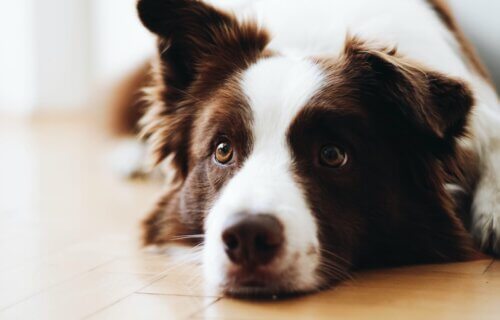
Not that it matters much, but the picture you have in “#1 Labrador Retriever” is not a Labrador Retriever, it’s a Golden Retriever.
My first thought as well. Although, my Golden is a bit of a Velcro dog herself. Shelby is my service dog, but sometimes I think I’m her service person as well. Keeping her busy gives her a purpose. She’s an AKC Trick dog, Canine Good Citizen, loves all obedience work-rally, agility, and most of all entertaining any human who may glance in her direction!
I have a German Shepherd mix. He is my first pet. I am 76 years old. He is my ESA. He is very protective of me. He is a rescue animal. He was brought back several times. I wanted him the first time I saw his picture on the wall. When he came in to the room to meet me, he came to me and laid his head on my leg.
This is the first list I’ve ever seen to have a Cane Corso on it with respect to being aggressive. On the contrary, I’ve read that a Cane Corso is tested to be more tolerant than a Golden Retriever. Not so sure I buy this list from personal experience either. I have a Yorkie and two Cane Corsi. The Yorkie is an order of magnitude more aggressive than the Cane Corsi. I’ve also been told by nearly everyone who meets my two larger dogs how good natured they are. Perhaps all of the other literature I’ve read is incorrect, and I just lucked out with my two, but it sure looks like there was an error made here putting a Cane Corso so high on the list.
I have a Viszla mix. They don’t call them Velcro dogs for nothing. He’s a lot more anxious than the border collie we used to have.